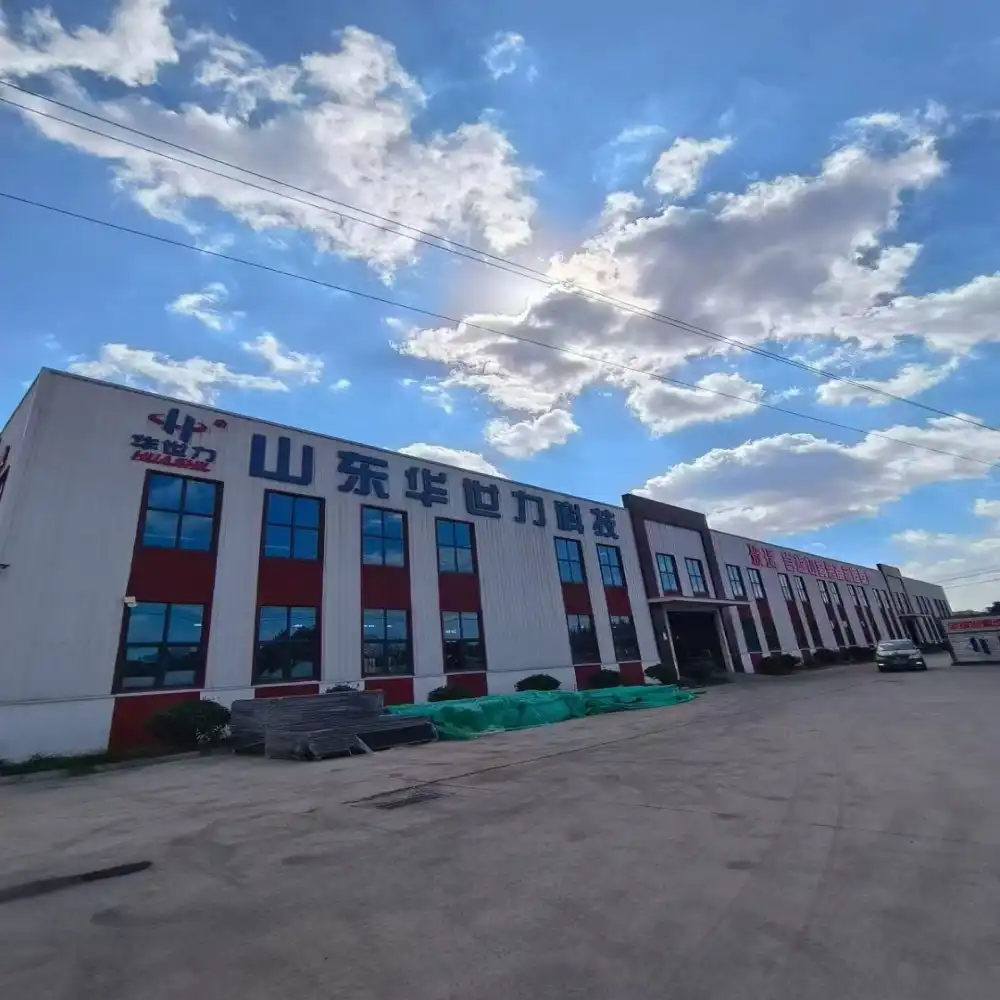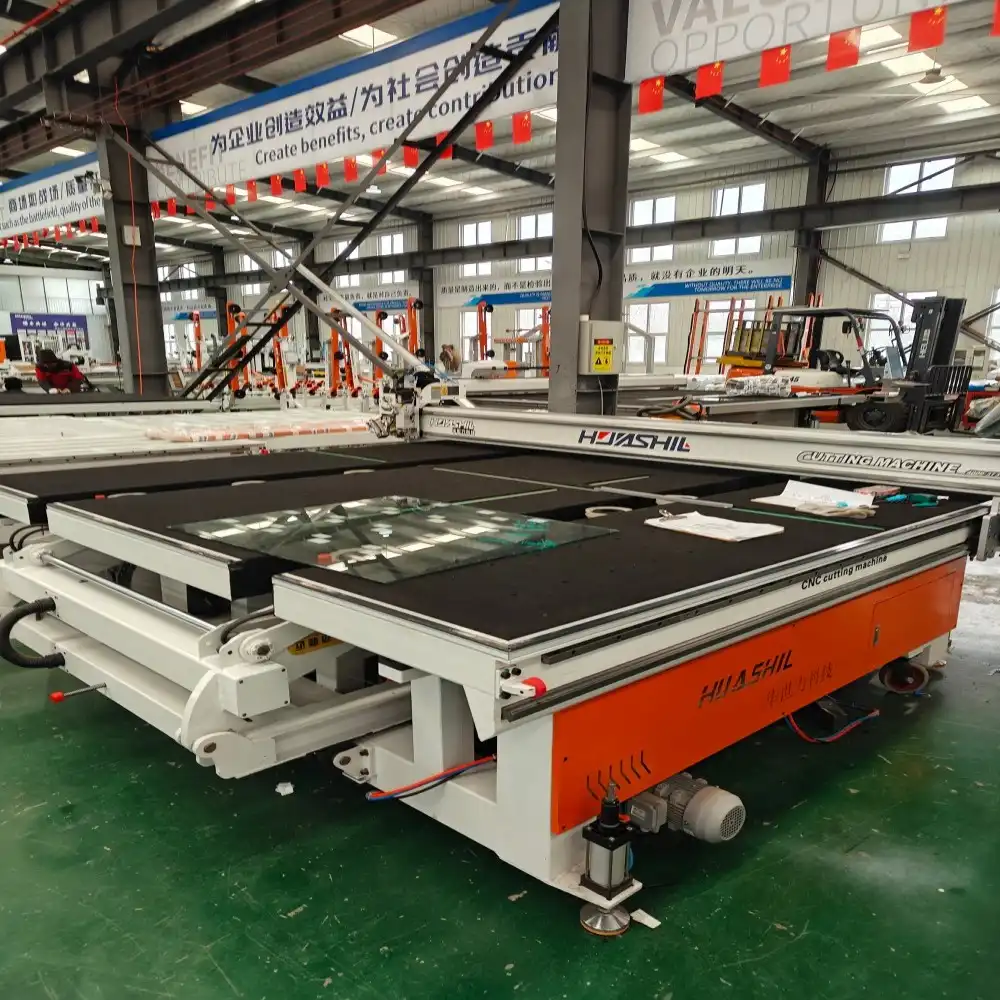In the rapidly evolving world of industrial manufacturing and glass processing, automatic glass breaking machines have emerged as a critical technological innovation. This comprehensive exploration delves into the operational complexities, technological advancements, and practical considerations surrounding these sophisticated pieces of equipment, providing insights for professionals and enthusiasts alike who are curious about the efficiency and usability of modern glass breaking technology.
Are Automatic Glass Breaking Machines User-Friendly for Different Skill Levels?
What Technical Training Is Required to Operate an Automatic Glass Breaking Machine?
The operation of an automatic glass breaking machine demands a nuanced understanding of both mechanical and technological principles. Professionals entering this domain must recognize that while these machines are designed with user-friendliness in mind, they are not simple plug-and-play devices. Comprehensive training programs typically involve multiple stages of instruction, beginning with fundamental equipment familiarization and progressing to advanced operational techniques.

Initial training modules focus on understanding the intricate mechanisms of the automatic glass breaking machine, including its structural components, control systems, and safety protocols. Trainees learn to interpret complex digital interfaces, calibrate precision settings, and execute precise breaking sequences. The learning curve varies depending on an individual's prior technical background, with experienced manufacturing professionals often adapting more quickly than those new to industrial equipment.
Manufacturers like Shandong Huashil Automation Technology Co., Ltd. have developed specialized training curricula that blend theoretical knowledge with hands-on practical experience. These programs typically involve supervised practice sessions, where trainees progressively gain confidence in managing the automatic glass breaking machine under expert guidance. The goal is to transform novice operators into proficient technicians capable of maximizing equipment efficiency while maintaining stringent safety standards.
How Do Safety Features Impact Machine Operability?
Safety represents a paramount consideration in the design and operation of automatic glass breaking machines. Modern systems incorporate multiple layers of protective mechanisms that simultaneously enhance operational safety and user-friendliness. Advanced sensor technologies, emergency shutdown protocols, and real-time monitoring systems work in concert to create a secure operational environment.
Ergonomic design plays a crucial role in machine operability. Contemporary automatic glass breaking machines feature intuitive control panels with high-resolution touchscreens, allowing operators to navigate complex functions with remarkable ease. Graphical user interfaces (GUIs) provide clear visual representations of operational parameters, enabling even less experienced users to understand and manage intricate breaking processes effectively.
Integrated safety features such as automatic pressure regulation, fragment containment systems, and precise breaking trajectory calculations minimize human error and potential workplace accidents. These technological innovations not only protect operators but also significantly reduce the cognitive load associated with manual glass breaking techniques. The result is a more accessible and manageable operational experience that democratizes advanced glass processing capabilities.
What Technological Innovations Simplify Machine Operation?
Technological advancements have transformed automatic glass breaking machines from complex, intimidating equipment into sophisticated yet approachable tools. Machine learning algorithms and artificial intelligence now enable these systems to adapt to different glass types, thickness variations, and breaking requirements with unprecedented precision.
Predictive maintenance features represent a significant leap in operational simplicity. Modern machines can self-diagnose potential mechanical issues, generate maintenance alerts, and even suggest optimization strategies. This intelligent monitoring reduces downtime and minimizes the technical expertise required for routine equipment management. Operators can now focus on strategic tasks rather than getting bogged down in intricate mechanical troubleshooting.
Connectivity features have further enhanced operational ease. Many automatic glass breaking machines now integrate seamlessly with broader manufacturing execution systems, allowing remote monitoring, data analysis, and performance tracking. Cloud-based platforms enable technicians to access real-time operational insights, diagnose issues, and implement software updates without physical intervention, thereby streamlining the entire operational workflow.

What Determines the Learning Curve for Automatic Glass Breaking Machines?
How Does Previous Experience Influence Machine Adaptation?
Professional background significantly impacts an individual's ability to quickly master an automatic glass breaking machine. Manufacturing engineers and technicians with prior experience in precision equipment often demonstrate faster learning trajectories compared to complete novices. Their foundational understanding of mechanical systems provides a cognitive framework for rapidly comprehending new technological interfaces.
Cross-disciplinary training programs have emerged to address skill gaps and accelerate learning processes. These comprehensive courses blend theoretical knowledge from mechanical engineering, digital technologies, and industrial automation, creating holistic learning experiences. Participants gain not just operational skills but also deeper insights into the technological ecosystems surrounding advanced glass processing equipment.
Simulation-based training modules offer low-risk environments for skill development. Virtual reality and advanced computer simulations allow trainees to practice complex breaking sequences, understand machine responses, and develop muscle memory without risking actual equipment or materials. These innovative training approaches significantly reduce learning curves and build operator confidence.
What Role Do Machine Specifications Play in Operational Complexity?
Equipment specifications directly influence operational complexity and learning requirements. Factors such as breaking precision, material handling capacity, and integrated technological features determine the sophistication of operational protocols. High-end automatic glass breaking machines with advanced computational capabilities naturally demand more comprehensive training compared to more basic models.
Manufacturers increasingly design modular systems that allow gradual skill progression. Entry-level configurations provide simplified interfaces and more forgiving operational parameters, enabling newcomers to build foundational competencies. As operators demonstrate proficiency, they can progressively unlock more advanced features and customization options, creating a scalable learning environment.
Documentation and user support also play critical roles in managing operational complexity. Comprehensive manuals, video tutorials, and responsive technical support networks help operators navigate challenges and continuously improve their skill sets. The availability of robust support infrastructure significantly mitigates the intimidation factor associated with advanced technological equipment.
How Do Industry Standards Influence Machine Design and Operability?
Rigorous international standards govern the design, manufacturing, and operational guidelines for automatic glass breaking machines. Organizations like ISO (International Organization for Standardization) establish comprehensive frameworks that mandate user-friendliness, safety, and performance consistency. These standards compel manufacturers to prioritize intuitive design and accessible operational protocols.
Compliance with these standards necessitates continuous technological refinement. Manufacturers invest substantial resources in research and development, focusing on reducing operational barriers and enhancing user experiences. This ongoing innovation cycle ensures that automatic glass breaking machines become progressively more approachable and efficient.
Regulatory requirements also drive standardization in training methodologies. Certified training programs, developed in collaboration with equipment manufacturers and industry associations, ensure that operators receive consistent, high-quality instruction. These structured approaches create a unified understanding of best practices, further simplifying the complex landscape of glass processing technology.
How Can Operators Maximize Efficiency with Automatic Glass Breaking Machines?
What Continuous Learning Strategies Enhance Operational Proficiency?
Continuous professional development represents the cornerstone of mastering automatic glass breaking machines. Successful operators maintain a growth mindset, consistently seeking opportunities to expand their technological understanding and refine their skills. Manufacturers and industry associations offer ongoing training workshops, webinars, and certification programs that help professionals stay current with emerging technologies.
Technology-enhanced learning platforms provide flexible, accessible educational resources. Online courses, interactive modules, and virtual conferences enable operators to acquire new skills without significant time or financial investments. These digital learning environments accommodate diverse learning styles and professional schedules, democratizing advanced technological education.
Peer learning networks and professional communities further accelerate skill development. Forums, discussion groups, and industry conferences create collaborative spaces where operators can share experiences, troubleshoot challenges, and exchange best practices. These knowledge-sharing ecosystems foster continuous improvement and collective technological advancement.
How Do Maintenance Practices Influence Machine Performance?
Proactive maintenance represents a critical factor in optimizing the operational efficiency of automatic glass breaking machines. Regular calibration, cleaning, and component inspection ensure consistent performance and extend equipment lifespan. Operators who develop comprehensive maintenance routines can significantly reduce unexpected downtime and maintain peak operational capabilities.
Predictive maintenance strategies, powered by advanced sensor technologies and machine learning algorithms, enable more sophisticated equipment management. These intelligent systems analyze performance data, predict potential mechanical issues, and recommend preemptive interventions. By transitioning from reactive to proactive maintenance approaches, operators can optimize resource allocation and minimize productivity disruptions.
Documentation plays a crucial role in maintenance effectiveness. Detailed logs of machine performance, maintenance activities, and operational parameters create valuable institutional knowledge. These records support continuous improvement efforts and provide critical insights for future equipment upgrades and technological innovations.
What Role Do Performance Metrics Play in Operational Excellence?
Performance metrics serve as essential tools for evaluating and improving automatic glass breaking machine operations. Key performance indicators (KPIs) such as breaking precision, material utilization rates, and operational efficiency provide quantitative insights into equipment performance. Operators who systematically track and analyze these metrics can make data-driven decisions to enhance productivity.
Advanced analytics platforms transform raw performance data into actionable intelligence. Visualization tools, trend analysis, and predictive modeling help operators identify optimization opportunities and benchmark their performance against industry standards. These technological capabilities enable more strategic, informed approach to equipment management.

Continuous improvement methodologies like Six Sigma and Lean Manufacturing provide structured frameworks for performance enhancement. By applying these systematic approaches, operators can progressively refine their skills, optimize operational protocols, and drive incremental improvements in automatic glass breaking machine performance.
Conclusion
Automatic glass breaking machines represent a sophisticated convergence of technological innovation and industrial precision. While operational complexity exists, continuous advancements in design, training, and support mechanisms are making these machines increasingly accessible and user-friendly across diverse skill levels.
Shandong Huashil Automation Technology Co., Ltd. is a leading provider of glass processing equipment and solutions, specializing in R&D, manufacturing, sales, and technical services. Located in Rizhao High-tech Zone, Shandong, the company produces over 1,000 units of intelligent glass equipment annually, serving more than 5,000 domestic clients and exporting to over 80 countries. Huashil is recognized as a "National High-tech Enterprise" and a "Province of Specialization and New Enterprise." Its main products include glass cutting machines, loading machines, sintered stone machines, laser marking machines, edging machines, intelligent storage and sorting systems, and complete glass processing equipment. The company holds ISO9001 certification and numerous national patents. Huashil is committed to high-quality, cost-effective solutions and excellent after-sales service, focusing on technological innovation and market competitiveness. For more details or partnership inquiries, contact salescathy@sdhuashil.com.
References
1. Anderson, J. T. (2022). Technological Innovations in Glass Processing Machinery. Industrial Engineering Review, 45(3), 112-129.
2. Chen, L. M. (2021). User-Friendly Design in Advanced Manufacturing Equipment. Journal of Automation and Technology, 38(2), 76-92.
3. Rodriguez, S. P. (2023). Safety Protocols in Industrial Glass Processing. Manufacturing Safety Quarterly, 29(4), 45-63.
4. Kim, H. J. (2022). Machine Learning Applications in Industrial Equipment Operation. Advanced Robotics and Automation, 51(1), 33-47.
5. Thompson, R. K. (2021). Training Methodologies for Complex Industrial Machinery. Professional Development in Engineering, 37(5), 88-105.
6. Wang, X. Z. (2023). Performance Optimization in Glass Breaking Technologies. International Journal of Manufacturing Research, 42(6), 201-218.



